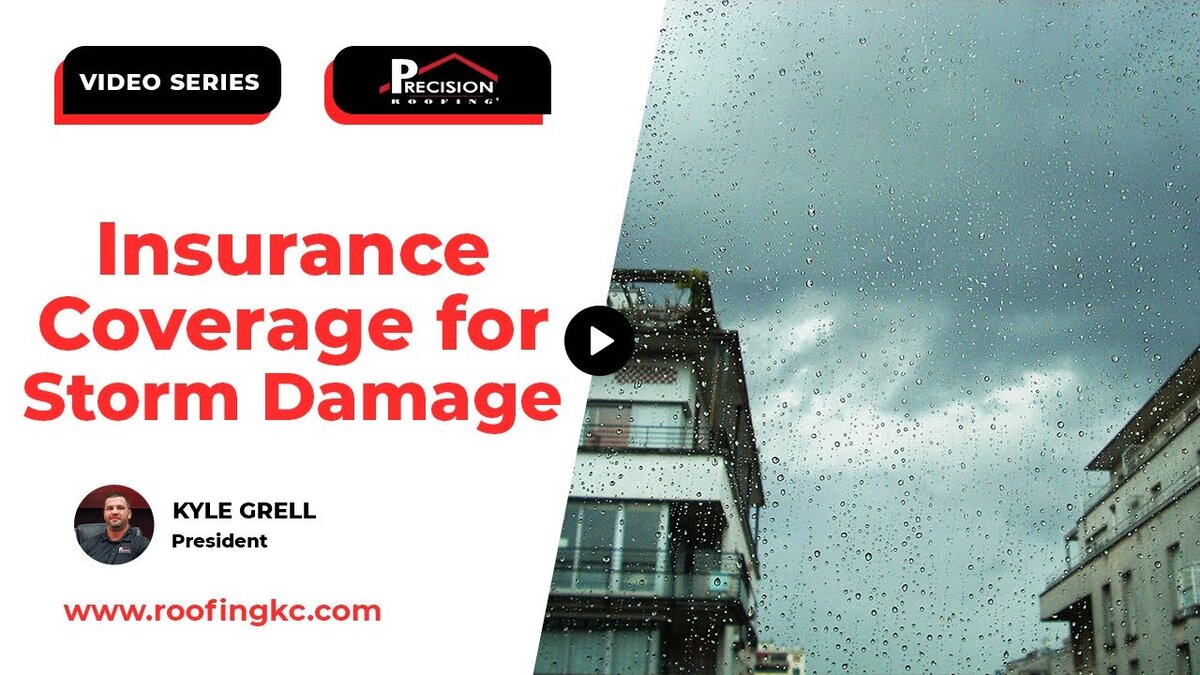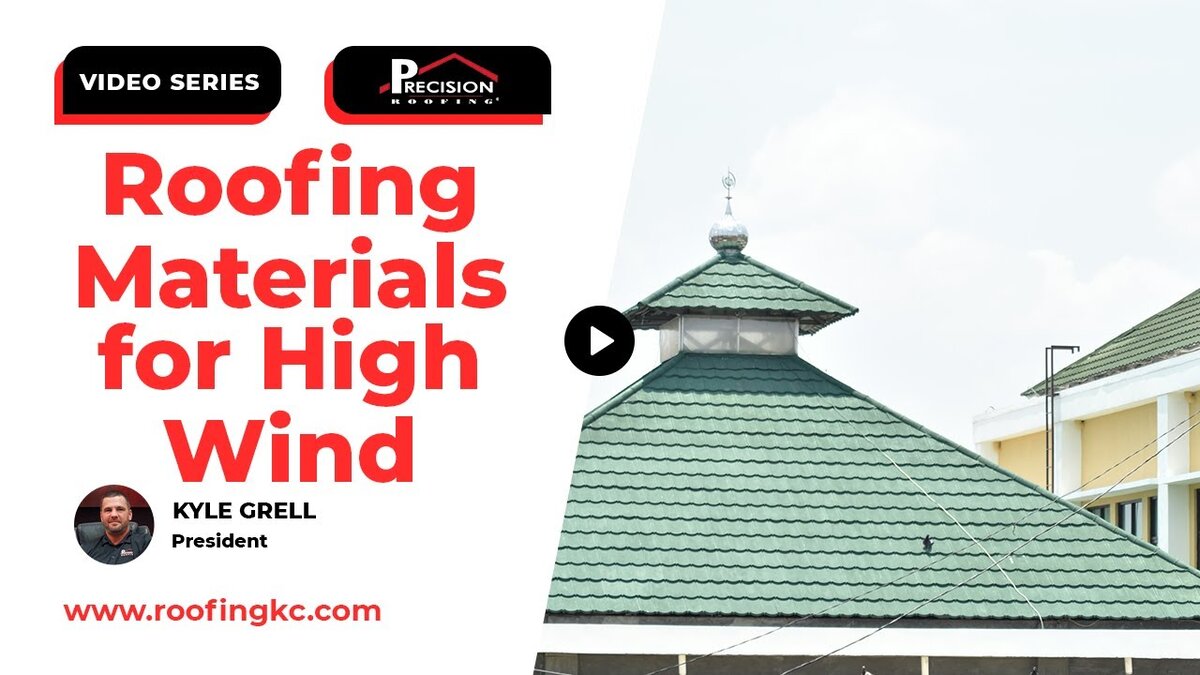Your roof is one of the most crucial investments in your home, offering protection and peace of mind. But did you know that certain actions—or inactions—can void your roof warranty? Understanding what voids a roof warranty is essential for safeguarding your investment. Let’s explore the key factors that could compromise your warranty coverage and how to avoid them.
What Exactly Voids a Roof Warranty?
A roof warranty is a promise from the manufacturer or contractor that the roof will last for a specified period, under certain conditions. However, this warranty can be voided, meaning you’ll lose the protection it offers if specific guidelines are not followed. Here are the primary factors that could void your roof warranty:
1. Third-Party Damage
One of the most common ways to void a roof warranty is through third-party damage. For instance, imagine a maintenance worker is up on your roof, working on an air conditioning unit. If they accidentally drop a sharp object that punctures your roof, that damage won’t be covered under your warranty. In this case, you’ll need to pay for repairs out of pocket. This highlights the importance of ensuring that anyone who works on or near your roof is careful and qualified.
2. Unqualified Workers
Another critical factor that can void a roof warranty is the involvement of unqualified workers. Roofing systems are complex and require specific knowledge to install and repair correctly. If someone who isn’t licensed or trained by the manufacturer works on your roof, it can lead to improper installation or repair. This, in turn, can result in your warranty being voided. Only contractors who are certified to work with the roofing materials should be allowed to perform any maintenance or repairs.
3. Storm-Related Damages
While roof warranties cover a wide range of issues, they do not typically cover storm-related damages. Roof warranties are usually rated for certain wind speeds and hail sizes. If a storm exceeds these limits, the damage would fall under your insurance rather than your warranty. For example, if a roof is rated for winds up to 90 mph and a storm produces winds over 120 mph, any resulting damage would not be covered by your warranty. Therefore, it’s essential to understand the limitations of your roof’s warranty and have adequate insurance to cover severe weather events.
Maintaining Your Roof Warranty
Understanding what voids a roof warranty is just one part of the equation; maintaining that warranty requires ongoing diligence. Here’s how you can ensure your warranty remains intact:
1. Work with Your Roofing Company
The best way to maintain your roof warranty is by staying in close contact with the roofing company that installed it. They can guide you on any additional work you may need, such as venting a new bathroom or installing a skylight. If you need to make any modifications, the roofing company can work with your contractor to ensure that everything is done according to the manufacturer’s specifications. This cooperation ensures that your warranty remains valid.
2. Avoid Unqualified Repairs
As mentioned earlier, using unqualified workers can void your warranty. Always verify that any contractor working on your roof is licensed and trained by the manufacturer of your roofing materials. This simple step can save you a lot of trouble down the road.
3. Monitor for Storm Damage
After a severe storm, it’s crucial to have your roof inspected by a professional. Even if the damage is not immediately apparent, small issues can escalate if left unchecked. A prompt inspection can help you address any potential problems before they void your warranty.
Transferability of Roof Warranties
One often overlooked aspect of roof warranties is their transferability. If you decide to sell your home, the warranty can often be transferred to the new homeowner. This transfer can be a significant selling point, offering peace of mind to the buyer. Depending on the warranty, there may be a small fee involved in transferring it, but it’s a worthwhile investment to maintain the roof’s coverage.
In Summary
Understanding what voids a roof warranty is crucial for protecting your home’s most vital asset. By avoiding third-party damage, ensuring only qualified workers perform repairs, and monitoring for storm-related issues, you can keep your warranty intact. Always stay in touch with your roofing company for any maintenance needs, and remember that your warranty might even be transferable when you sell your home.
For any concerns or to schedule an inspection, contact us—we’re here to help.




